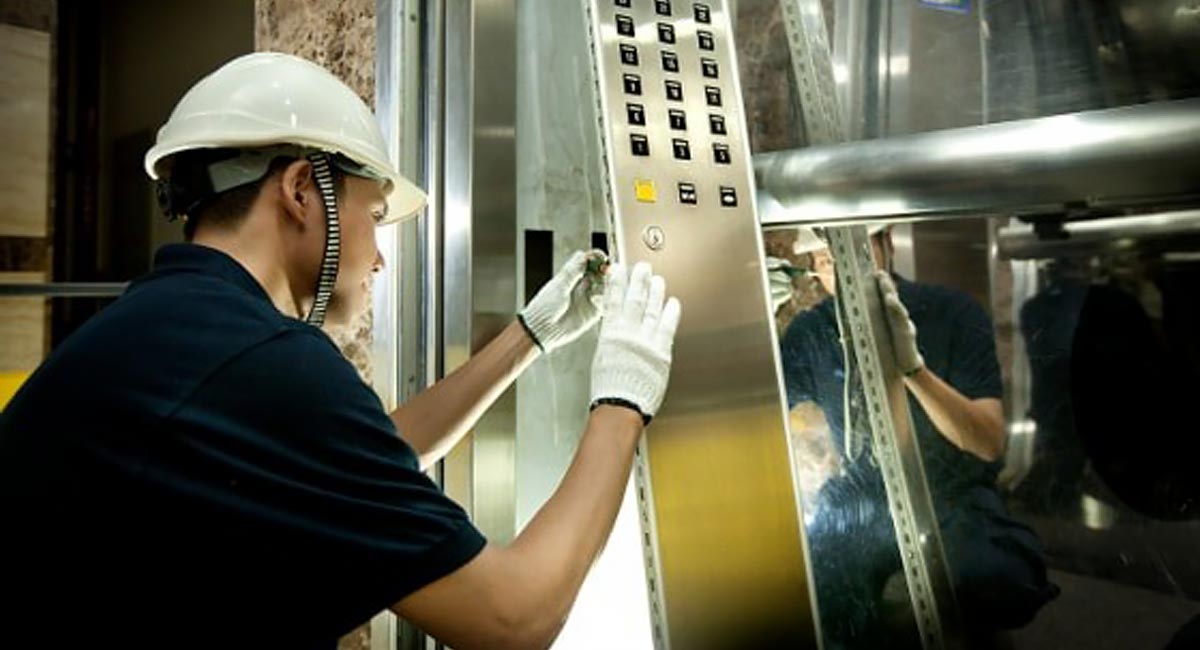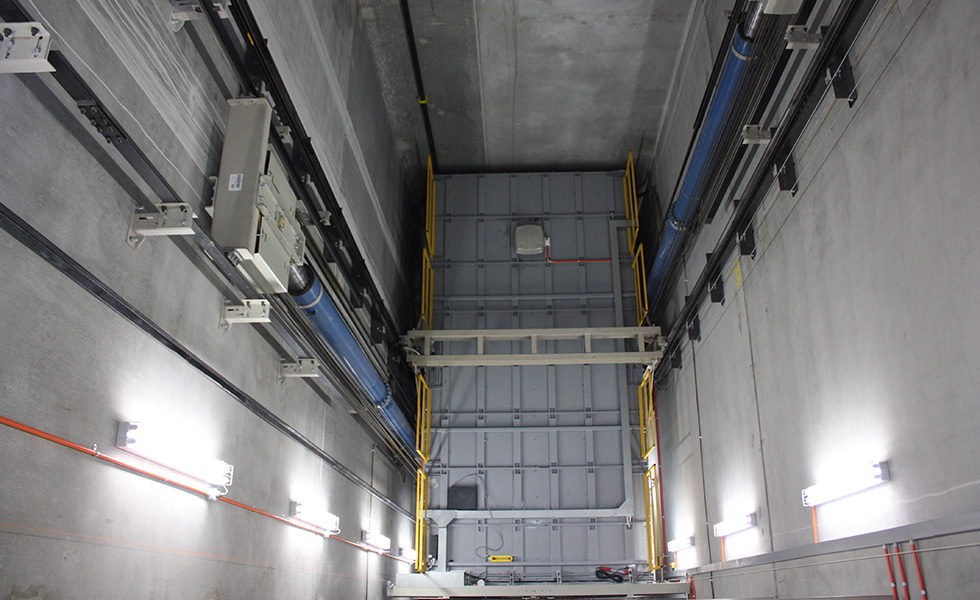Advanced Lift Engineer Course: Get Ready For Occupations with Leading Lift Repair Companies Near Me
Advanced Lift Engineer Course: Get Ready For Occupations with Leading Lift Repair Companies Near Me
Blog Article
Crucial Factors to Consider for Lift Maintenance
When it pertains to the secure and reliable operation of elevators, considering important maintenance aspects is vital. Lifts are detailed systems that call for thorough focus to detail to function reliably. From regular inspection timetables to sticking to correct lubrication methods, each aspect plays an important function in ensuring the elevator's longevity and safety. Overlooking these upkeep methods can lead to unexpected downtime, security hazards, and pricey repair services. It is critical for developing managers and maintenance employees to stay in advance of these variables to promote the lift's efficiency standards and conformity needs.
Routine Assessment Schedules

Conducting normal evaluations not only boosts the general performance of the elevator yet likewise plays a vital function in abiding by safety and security guidelines and industry criteria. It guarantees that the lift operates efficiently, reducing the risk of unanticipated malfunctions that can trouble occupants or compromise safety and security. Furthermore, routine examinations add to lengthening the life expectancy of the lift equipment, eventually lowering maintenance prices and downtime.
To enhance the inspection procedure, several building owners companion with qualified elevator upkeep business that concentrate on conducting thorough evaluations and offering prompt upkeep services. By prioritizing regular assessment timetables, stakeholders can copyright the security, integrity, and efficiency of their elevator systems.
Correct Lubrication Techniques
Efficient lubrication techniques are essential for maintaining the optimal performance and longevity of elevator elements. Correct lubrication techniques play a vital role in avoiding deterioration on relocating components, minimizing rubbing, and making certain smooth procedure of the lift system. When it comes to lift maintenance, utilizing the appropriate lubricating substances in the correct amounts at the recommended periods is essential to lessening and stopping costly repair work downtime.
To guarantee proper lubrication, lift professionals have to adhere to supplier standards pertaining to the sort of lubricating substance to be made use of for certain elements such as bearings, equipments, and guide rails - lift maintenance services. Over-lubrication can attract dirt and particles, resulting in component breakdowns, while under-lubrication can trigger enhanced rubbing and premature wear. Frequently arranged lubrication maintenance should be consisted of in the total elevator upkeep strategy to keep the system running efficiently and securely
Monitoring Tear and use
Lift maintenance employees should carry out routine evaluations to determine indications of wear on crucial components such as ropes, sheaves, guide rails, and bearings. Furthermore, maintaining detailed maintenance records can help in tracking the wear patterns of lift parts over time, permitting for anticipating maintenance preparation. By carefully checking wear and tear, maintenance groups can address issues proactively prior to they rise into expensive repair services or unexpected downtime, guaranteeing the effective and safe operation of the elevator system.

Security Conformity Checks
Carrying out complete safety compliance checks is vital in making sure the lift system meets all functional requirements and regulatory requirements. Safety and security compliance checks involve an extensive assessment of numerous components such as emergency brakes, door sensors, interlocks, and electrical systems to ensure they are operating correctly. Regular examinations by certified professionals help determine prospective security risks before they intensify right into major issues, guaranteeing the security of guests and conformity with sector policies. These checks likewise entail validating that the elevator's capacity limitations, rate, and emergency communication systems remain in line with safety standards. In addition, adherence to safety conformity checks can protect against crashes, reduce responsibility risks for structure owners, and expand the life-span of the lift system. By prioritizing safety conformity checks as component of regular upkeep, building supervisors can promote a safe and efficient upright transport system for owners.
Emergency Situation Reaction Preparation
In light of the essential value of safety compliance checks in keeping elevator systems, a durable emergency action planning technique is paramount to quickly and properly address unexpected occurrences. lift engineer course. Emergency situation response planning for lifts entails proactive procedures to ensure the security of travelers and maintenance workers in the occasion of emergency situations such as power blackouts, entrapments, or mechanical failures
Secret parts of an effective emergency feedback plan include developing clear communication methods, giving routine training to team on emergency situation treatments, keeping up-to-date emergency situation contact lists, and conducting regular drills to practice response activities. Additionally, it is necessary to have assigned personnel accountable for coordinating emergency feedbacks and guaranteeing that essential equipment, such as emergency lights and communication gadgets, are in working order.
Conclusion
Finally, it is essential to prioritize regular evaluation timetables, correct lubrication techniques, monitoring wear and tear, safety and security conformity checks, and emergency get more situation feedback planning for lift maintenance. By implementing these important aspects, building owners can guarantee the safety and security and performance of their lifts, eventually decreasing the threat of breakdowns and mishaps. Consistent maintenance techniques are necessary for extending the lifespan of elevators and ensuring the health of people who depend on them for transportation.
Frequently scheduled lubrication upkeep ought to be consisted of in the general lift upkeep plan to maintain the system running efficiently and safely.
Lift maintenance personnel must carry out routine examinations to recognize signs of wear on key elements such as ropes, sheaves, guide rails, and bearings. Furthermore, keeping in-depth upkeep records can assist in tracking the wear patterns of lift components over time, permitting for anticipating upkeep planning. By very closely keeping track of my review here wear and tear, maintenance groups can deal with concerns proactively before they escalate right into costly repair services or unforeseen downtime, view it now making certain the effective and secure procedure of the lift system.

Report this page